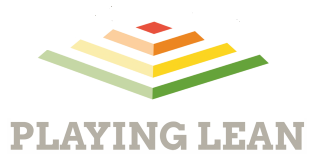
Even the birds up on the trees know that Twitter was launched in 2006 and that today it is one of the leading social networks worldwide with about 320 million active users. However, few of us know that Twitter was launched as a pivot of the podcasting company Odeo.
We've already written about pivots, but as the old adage goes - repetition is the mother of learning. Here is a quick refresher, our Playing Lean Facilitator Guide written by Ash Maurya defines pivot as:
A change in strategy is a pivot. Changing strategies is often required to realize the full potential of a vision and par for the course. But for a pivot to be effective, it has to be grounded in learning. Otherwise, you are simply following a disguised “see what sticks” strategy. For a typology of Pivots see The Hypothesis-Driven Entrepreneurship: The Lean Startup by Thomas Eisenmann, Eric Ries and Sarah Dillard.
Where did it go wrong with Odeo?
Back in 2005 Odeo was a place for finding and subscribing to podcasts from around the Web. It was something like YouTube today, a place where you could create, record and share podcasts. The employees of this company realised that the idea of Odeo is great, but it had flabby strategy. As one of the team members Evan Williams said – this podcast platform wasn’t something that even people in Odeo used. They offered something, but they didn’t use it in any way. No one in the team would record and podcast themselves. Their target audience were supposed to be people like them, or in other words, people interested in this kind of digital media. So, shouldn’t the employees of Odeo be holders/messengers of this idea and product they had?
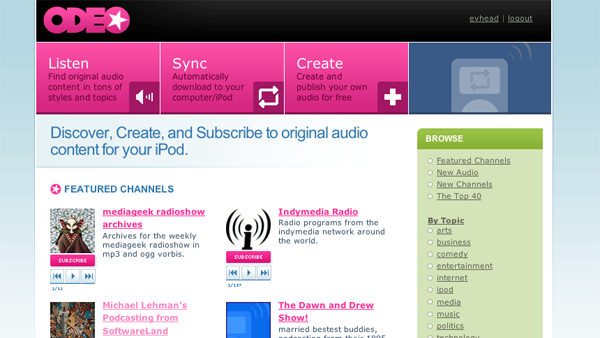
Expansion of Odeo stagnated when Apple announced their novelty – a jukebox software known as the iTunes Store. This online digital media store directly threatened Odeo because it offered something that many people needed and wanted. Odeo became an irrelevant platform and it's employees had to change the company's existing strategy. So, these 14 employees broke off into small groups and started holding hackathons trying to come up with something really compelling.
Urgent thinking and acting are the most important steps in the moments of crisis. After exhausting brainstorming sessions, employee named Jack Dorsey came up with the idea of a system based on texting. So, Twitter was visualised as an SMS-based social network, within a small group of people. After the initial ideas and suggestions, Noah Glass and Dorsey developed the concept and presented the idea to the company.
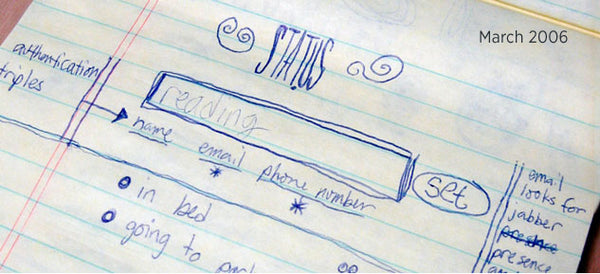
The main idea was not only to give people something that will fulfil their needs, but to give it emotional impact as well. So, with Twitter, or Twttr as it was called back then, you would feel connected with your friends and based on your status updates they could see what were you up to. It was something alike social network and unlike Short Message Service (SMS), because it was for free.
An interesting fact is that Odeo employees were so thrilled with this new project, that while they were working on a Twitter prototype they spent hundreds of dollars on SMS per month. Luckily for them, the company agreed to pay those bills.
Why twttr?
As said before, the original project name for this service was twttr. Partially because the domain twitter.com was already taken. Six months later, they purchased the domain and changed the name into Twitter. As Dorsey said , word Twitter referred to “a short burst of inconsequential information”. So, it was based on the initial idea of being able to send an SMS to a group of people. The main idea was to offer some quick product that will be free and easy to use, but some of the employees were sceptical of Twitter’s potential and future. However, the heads of this project – Noah Glass and Dorsey were excited about that.

By that time, the company split up in two parts – Odeo team and Twitter team. However, the real work on the project started on March 21, 2006. That day Dorsey published the first Twitter message at 9:50 PM “just setting up my twttr”. That was the first Twitter prototype and it was used as an internal service for Odeo employees. The full world-renowned version of Twitter was introduced on July 15.
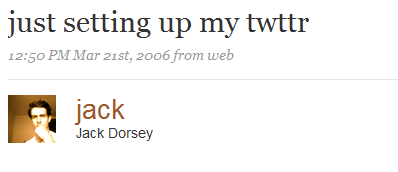
They proposed their new project Twitter to the investors but they weren't impressed. Because of that, Evan offered to buy back Odeo's stock if the project failed, which happened soon after. As the investors didn't like Twitter he became owner of the company and Twitter by buying all their stocks. They formed a company called Obvious Corp, which developed a number of products including messaging app Twttr. Investors sold it back for approximately $5 million. Five years later, the worth was at least $5 billion.
Social network or microblogging?
As mentioned before, Twitter was originally designed as an SMS-based platform, meaning that the length of messages was limited to 140 characters. Aside from that, Twitter was a quick idea and at the beginning, the authors were not sure what the purpose of a Twitter was – a social network or microblogging? Back then Twitter was more of an informational network than a social network. Also, another question was raised – what is the point of sending private messages on a public page where everyone could see it?

The beginning of Twitter’s popularity started in the 2007 South by Southwest Interactive conference (SXSWi). Panellists and speakers at the conference mentioned the service, but to attract everyone on the conference, the Twitter people placed plasma screens in the conference hallways where they were streaming Twitter messages. From that point, Twitter usage increased rapidly from 20.000 tweets per day to 60.000. So, it is needless to say that the reaction to the new service called Twitter was positive. Some visitors said that Twitter was owning the conference. Twitter became promptly popular. Even the International Space Station wrote a tweet on January 2010.
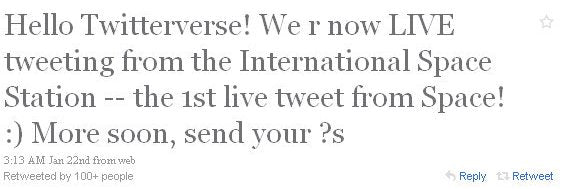
Another lesson that was learned by Odeo’s employees was the importance of listening to users. They made this communication platform, but users were demanding and developing new ways to use this service. For example, a @ symbol that is used to identify another user is users’ innovation. Hashtags, retweets, RT (repost), too.
Key lessons
Twitter and Odeo are excellent examples of pivoting, and reminders that we have to be ever vigilant of how our business is developing. Identifying the "pivot or persevere" moment can make or break a company. As I said at the beginning, repetition is the mother of learning, so I find it only appropriate to end this post with two great videos. In the first video Eric Ries explains pivots, while in the second video Dom Sagolla, the ninth employee at Odeo, reminiscences about early days of Twitter.
Twittbook (which is based on Twitter) is one of the company cards in our Social Media scenario.
